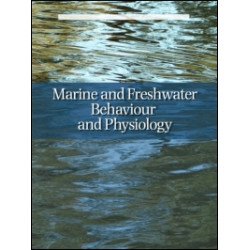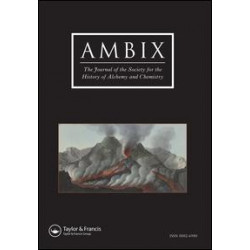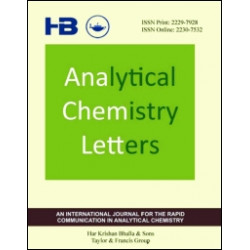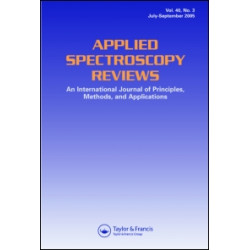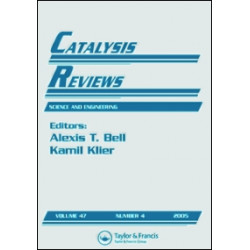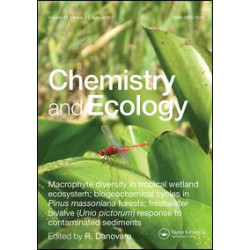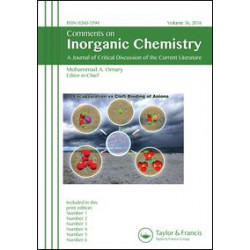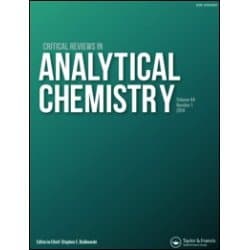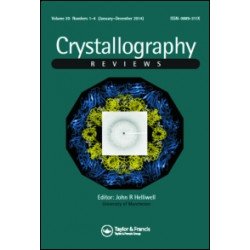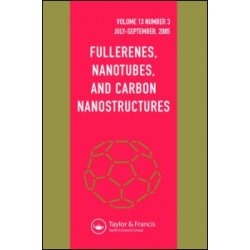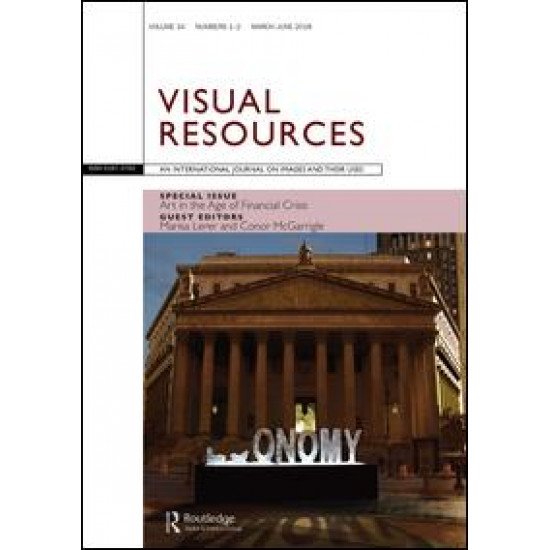
Visual Resources: an international journal on images and their uses
Visual Resources (VR) is a quarterly academic journal devoted to the study of images and their uses. From its founding in 1980, the journal has published, through rigorous peer review, scholarly articles and critical reviews of the highest quality. VR operates in the spaces between theory, technology and historiography. It explores how the interpretation and reproduction of images conditions and enhances the methodology and historiography of academic disciplines such as archaeology, history and, particularly, art and architectural history.
VR aims to interrogate how visual language is structured and how visual meaning is communicated and transmitted, for instance, through investigations into art periodicals and the art press. It also aims to illustrate how image collections, in digital and other media, are acquired, organized, indexed, preserved, and curated. VR examines early attempts to document the visual, reports on the state of visual resources, and assesses the effect of electronic technology on current and future uses. It provides a platform for reporting innovative ways to organize and access visual information – while aiming to increase the recognition and appreciation of
visual documentation. Images of architecture and works of art constitute its main focus, but it also includes images on other subjects and contexts in a wide range of formats.
VR has a wide scope: it has published articles about verbal descriptions of art and architecture; copies, casts, and facsimiles;
drawings, paintings, and prints; photography; library, archive, and museum collections; iconography; art magazines and books; and computers and electronic imagery - and how these have functioned as documents of art and culture. The Editors encourage submissions concerned with empirical research and case studies as well as those that consider theoretical and interpretive questions related to all aspects of visual documentation in its broadest sense.
Peer Review Policy:
All research articles in this journal have undergone peer review, based on initial Editor screening and anonymous refereeing by two readers.






